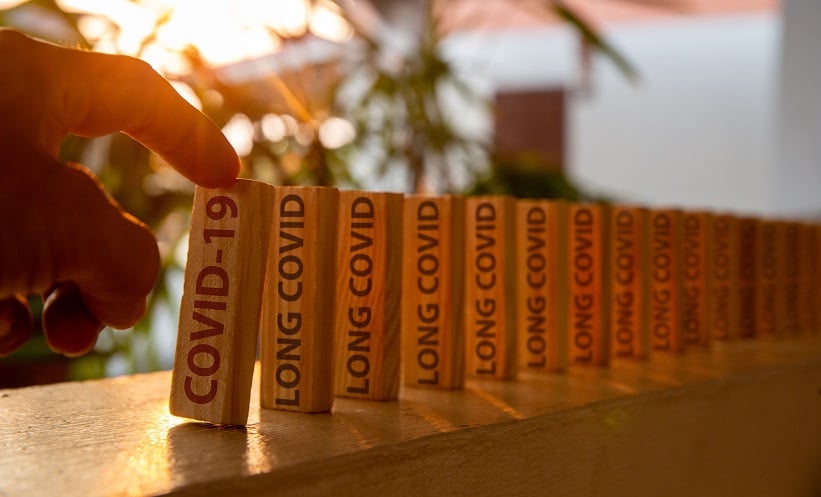BACKGROUND AND AIMS
Chronic myelomonocytic leukaemia (CMML) is a rare cancer orchestrated by granulocyte-macrophage colony-stimulating factor (GM-CSF), a pro-inflammatory cytokine that drives leukaemic monocyte proliferation. The authors’ laboratory research has shown that TET2 mutations increase the production of GM-CSF in human monocytes after innate immune stimulation, and CBL mutations amplify the proliferative response to low dose GM-CSF. Standard of care for CMML treatment includes azacitidine (AZA), with a complete response (CR) rate of 16–21%. The PREACH-M (ACTRN12621000223831)1 trial investigates novel CMML therapies directed by molecular profiling. Lenzilumab (LENZ; Taran Therapeutics, Short Hills, New Jersey, USA) is a monoclonal antibody that neutralises GM-CSF. This report details the objective clinical responses from an interim analysis of the first 20 subjects who completed at least 3 months of LENZ/AZA treatment.2
The aim of this study was to investigate if a molecularly driven protocol, based on pre-clinical science, could improve outcomes for patients with CMML.
METHODS
PREACH-M is a Phase II/III non-randomised, uncontrolled, open-label trial involving 54 adults aged at least 18 years, newly diagnosed with the WHO 2016 criteria for CMML and stratified according to mutation status. Subjects exhibiting RAS-pathway mutations (NRAS, KRAS, CBL) receive 24 cycles (every 28 days) of AZA (subcutaneous: 75 mg/m2 for 7 days) and LENZ (intravenous: 552 mg; Day 1 and Day 15 for Cycle 1, and Day 1 only for all subsequent cycles). Those with only TET2 mutations receive the same AZA regimen along with sodium ascorbate (intravenous: 30 g for 7 days [15 g for first dose only, 30 g thereafter if no evidence of tumour lysis syndrome]; per os: 1.1 g on all other days). Subjects who complete 24 cycles of treatment are followed every 6 months for an additional 24 months. The primary endpoint is the frequency of CR or partial response during the first 12 cycles according to Savona Criteria.
RESULTS
As of the last 2024 database lock, 27 subjects were enrolled overall (18 receiving >12 months of treatment) and 20 subjects were enrolled in the LENZ/AZA arm (nine females and 11 males; mean age: 69 years; mean white cell count: 37.8×109 /L; mean haemoglobin: 108 g/L; mean platelet count: 72×109 /L; mean blast count: 9%). Mutations included CBL (65% of subjects), NRAS (20%), KRAS (50%), ASXL1 (55%), and TET2 (70%). Subjects exhibited CMML-specific prognostic scoring system-molecular (CPSS-MOL) scores of intermediate risk 1 (n=2), intermediate risk 2–3 (n=12), and high risk 4–6 (n=6). Overall, subjects had completed a median number of 13.5 cycles of LENZ/AZA at the time of reporting. Of the patients, 85% attained a complete remission or a marrow complete remission within the first 12 months on study, according to International Working Group (IWG) 2006 criteria. According to Savona criteria, 85% of patients achieved a CR or an optimal marrow response within the first 12 months on treatment. Importantly, 64% of patients achieving a CR or a marrow CR had detectable CBL mutations at baseline. Of the 10 subjects with dominant CBL mutations (variant allele frequency >10%), 90% achieved a CR or marrow complete remission in the first 12 months with durable suppression of CBL clones.
CONCLUSION
Interim analysis of the PREACH-M trial shows promising results: LENZ/AZA resulted in durable CRs beyond 12 months, with 85% of subjects achieving a complete remission or a marrow complete remission without significant LENZ related toxicity.






